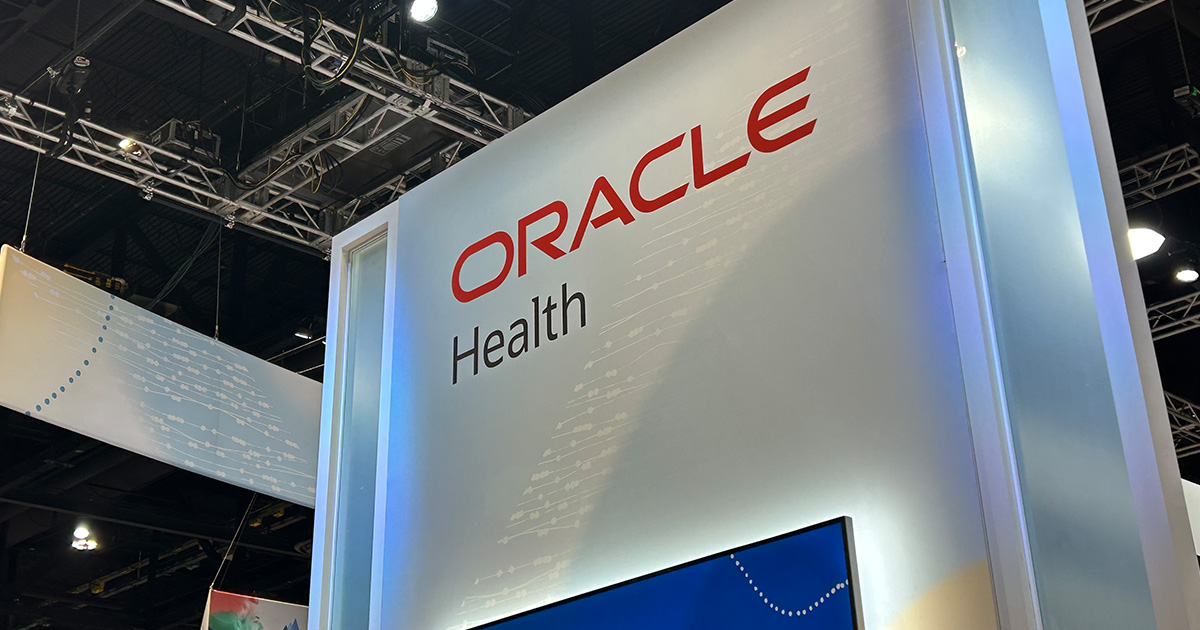A 200-bed hospital in Beaufort, South Carolina, is not a big technology company in Silicon Valley. That’s the simplest way to explain the reasoning behind Beaufort Memorial Hospital’s move to cloud computing: Let the technology companies that are expert in the technologies the hospital requires do the tech work, including maintenance and upgrades, while the small tech staff at the hospital can handle its most pressing needs.
“We’ve started in the cloud with a variety of software-as-a-service applications. We have human resources applications that are cloud-based, and we use a secure texting application for protecting PHI that is cloud-based, and a number of our back-end business applications,” Beaufort CIO Edward Ricks said. “We have not yet moved our enterprise systems to the cloud, but we will be there in the next 18 to 24 months.”
Ricks will be speaking on the advantages and challenges of cloud computing at the HIMSS and Healthcare IT News Cloud Computing Forum in a session titled “Secure Cloud Computing in Healthcare - the Challenge and the Promise,” to be held from 9:15 a.m. to 9:55 a.m. on February 19, 2017.
![]() Learn more at the Cloud Computing Forum HIMSS17. Register here.
Learn more at the Cloud Computing Forum HIMSS17. Register here.
⇒ University of Mississippi Medical Center finds big analytics gains in the cloud
⇒ Intermountain exec: Cloud changes breadth and depth of innovation
“With cloud computing, all you do is gain efficiencies,” Ricks said. “That is why we’re planning on doing something more robust. We are a 200-bed community hospital, not a gigantic institution and we are as sophisticated as anyone else. But we are not a professional IT corporation. We are a healthcare organization, and it is becoming more complicated to maintain these big datacenters. So let companies who have IT as their singular focus do that, which they do well.”
Ricks said he does have some concerns about security, but that there is technology today that handles security well.
“One of the things the cloud has done is we go into these applications very quickly and with little or no capital investment,” he added. “Over time you will pay with the fees associated, but that’s easier to work with. Capital is becoming more difficult to come by, and if we are increasing efficiencies, then that should offset some of the funds needed elsewhere.”
Ricks reminds peers to do their due diligence with cloud applications, and adds that technology executives must be open-minded.
“The total cost of ownership has to come into play, so we can measure those things,” Ricks said. “Cloud computing is real, is secure, is here to stay, and is a quick way to get into many applications.”
HIMSS17 runs from Feb. 19-23, 2017 at the Orange County Convention Center.

This article is part of our ongoing coverage of HIMSS17. Visit Destination HIMSS17 for previews, reporting live from the show floor and after the conference.


